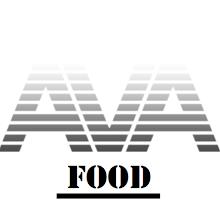For those do not dine out much, corking fee is the charge that an establishment (restaurant, lounge, and/or eatery) places on your tab when you bring your own bottle of wine. To be consumed at the establishment, of course. Most likely, at an establishment that does not sell liquor and/or has a liquor license. Thus, allowing patrons to bring their own. It is also common for an establishment to allow such practices when the customer is bringing in a bottle that the establishment does not carry. Most likely, it is a priceless bottle or an uncommon one. Quick recap, it is the charge that an establishment places on a patron for allowing you to enjoy your bottle of wine at their establishment. Corking fees in most major U.S.
Some may find this fee unusual but when broken down it makes perfect sense and extremely generous/fair to both the establishment owner as well as the patrons. Margins are met mainly when patrons purchase liquor. This transaction holds the highest margins. A glass of house wine at a casual establishment in any major U.S.
Given the circumstances, here are variables you ought to consider and hopefully make you less likely to frown, when a corking fee has been placed on your bill:
- You are taking the ability of an establishment to sell you a bottle of their own.
- From a server’s standpoint, their check average is lower if you brought your own bottle. Keep in mind; most diners tip 18%-25% of their total check.
- Most establishments would most likely give a large percentage/if not the entire corking fee to the respective server.
- Depending on the establishment, even when you bring your own bottle, the culinary arts of service still maintains. The server still presents the bottle to the person who brought the bottle, uncork it, let it breathe, pour and serve it to accompanying guests, females first then men.
All an all when you are trying to obtain and ideal dining experience you ought to consider fees may apply. While also keeping in mind a full dining experience does not wager only on the food, beverage and service but also the venue you do it at, the manner on how things unfold and the cherished conversations that come with it. Support your local food and beverage establishment.
Read more related articles at aVa Group blogs
Read more related articles at aVa Group blogs
